
Tell your friends about this item:
Wanderers
Knut Hamsun
Wanderers
Knut Hamsun
Publisher Marketing: An autobiographical element is evident in practically everything that Hamsun has written. But it is particularly marked in the two volumes now published under the common title of "Wanderers," as well as in the sequel named "The Last Joy." These three works must be considered together. They have more in common than the central figure of "Knut Pedersen from the Northlands" through whose vision the fates of Captain Falkenberg and his wife are gradually unfolded to us. Not only do they refer undisguisedly to events known to be taken out of Hamsun's own life, but they mirror his moods and thoughts and feelings during a certain period so closely that they may well be regarded as diaries of an unusually intimate character. It is as psychological documents of the utmost importance to the understanding of Hamsun himself that they have their chief significance. As a by-product, one might almost say, the reader gets the art which reveals the story of the Falkenbergs by a process of indirect approach equalled in its ingenuity and verisimilitude only by Conrad's best efforts. The line of Hamsun's artistic evolution is easily traceable through certain stages which, however, are not separated by sharp breaks. It is impossible to say that one stage ended and the next one began in a certain year. Instead they overlap like tiles on a roof. Their respective characters are strikingly symbolized by the titles of the dramatic trilogy which Hamsun produced between 1895 and 1898-"At the Gate of the Kingdom," "The Game of Life," and "Sunset Glow." "Hunger" opened the first period and "Pan" marked its climax, but it came to an end only with the eight-act drama of "Vendt the Monk" in 1902, and traces of it are to be found in everything that Hamsun ever wrote. Lieutenant Glahn might survive the passions and defiances of his youth and lapse into the more or less wistful resignation of Knut Pedersen from the Northlands, but the cautious, puzzled Knut has moments when he shows not only the Glahn limp but the Glahn fire. Just when the second stage found clear expression is a little hard to tell, but its most characteristic products are undoubtedly the two volumes now offered to the American public, and it persists more or less until 1912, when "The Last Joy" appeared, although the first signs of Hamsun's final and greatest development showed themselves as early as 1904, when "Dreamers" was published. The difference between the second and the third stages lies chiefly in a maturity and tolerance of vision that restores the narrator's sense of humour and eliminates his own personality from the story he has to tell. Contributor Bio: Hamsun, Knut Knut Hamsun (1859-1952) was a Norwegian author and winner of the Nobel Prize in Literature whose best-known worsk include "Hunger", "Pan", and "Growth of the Soil".
| Media | Books Paperback Book (Book with soft cover and glued back) |
| Released | May 14, 2014 |
| ISBN13 | 9781499546927 |
| Publishers | Createspace |
| Pages | 124 |
| Dimensions | 152 × 229 × 7 mm · 176 g |
More by Knut Hamsun
Others have also bought
See all of Knut Hamsun ( e.g. Paperback Book , Book , Hardcover Book , Sewn Spine Book and CD )

 Christmas presents can be returned until 31 January
Christmas presents can be returned until 31 January




![Cover for Knut Hamsun · Markens grøde (Sewn Spine Book) [1st edition] (2025)](https://imusic.b-cdn.net/images/item/original/537/9788771837537.jpg?knut-hamsun-2025-markens-groede-sewn-spine-book&class=scaled&v=1696933675)


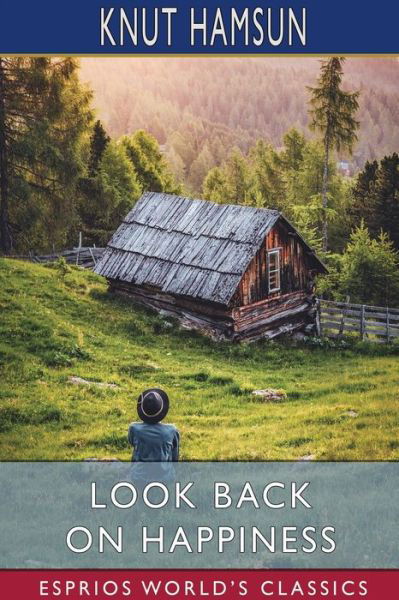
![Cover for Knut Hamsun · Under høststjernen (Sewn Spine Book) [1st edition] (2024)](https://imusic.b-cdn.net/images/item/original/440/9788793993440.jpg?knut-hamsun-2024-under-hoeststjernen-sewn-spine-book&class=scaled&v=1713220978)

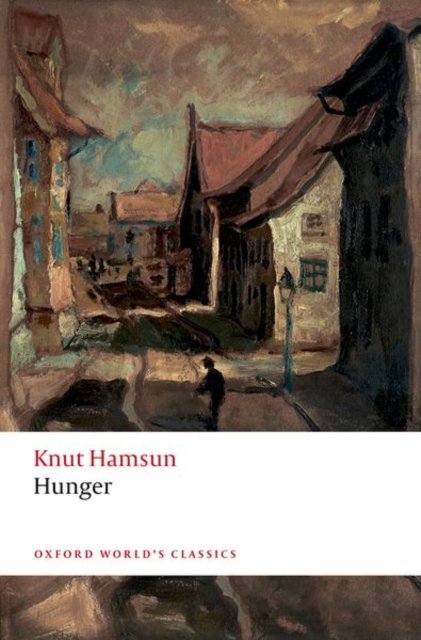


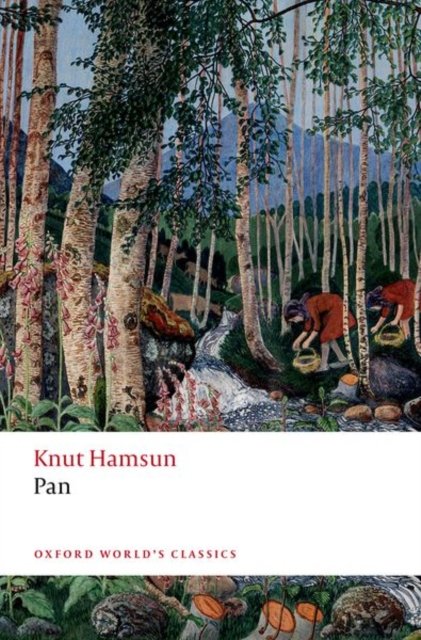
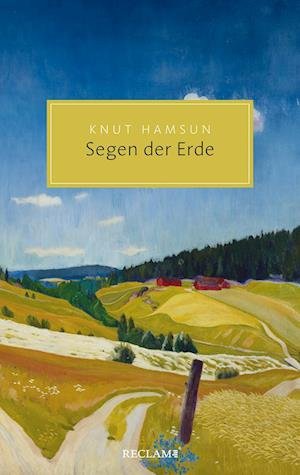
![Cover for Knut Hamsun · Danske klassikere fra DSL: Sult (Bound Book) [1st edition] (2023)](https://imusic.b-cdn.net/images/item/original/526/9788775332526.jpg?knut-hamsun-2023-danske-klassikere-fra-dsl-sult-bound-book&class=scaled&v=1667295141)

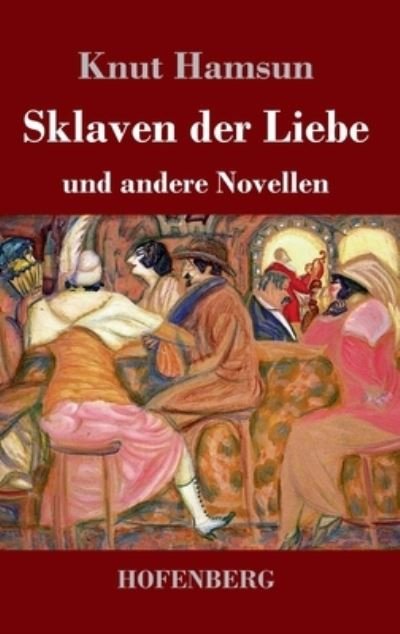
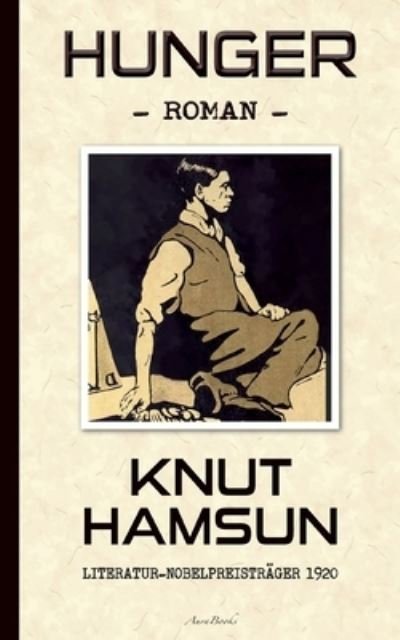

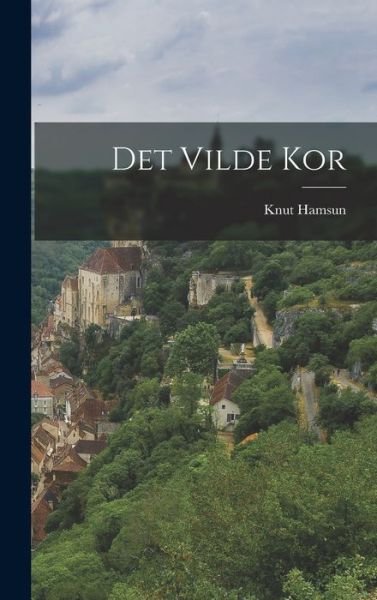

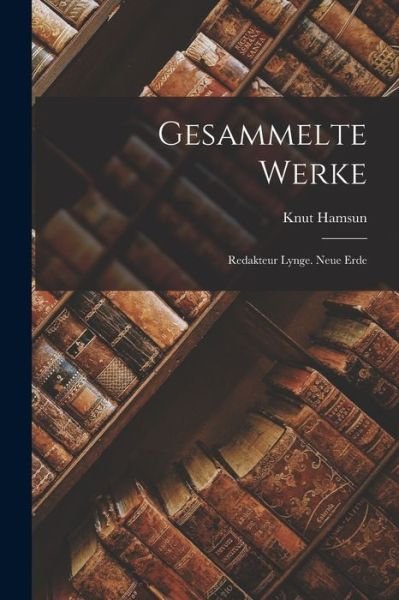
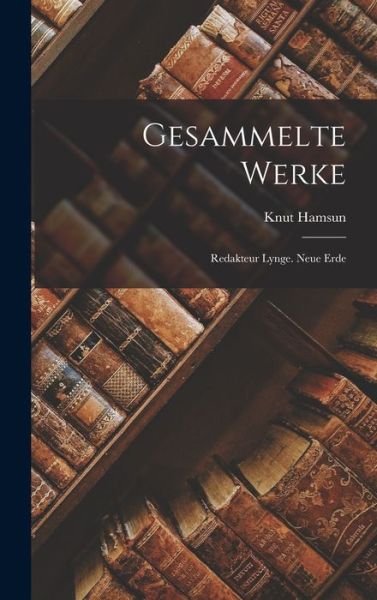





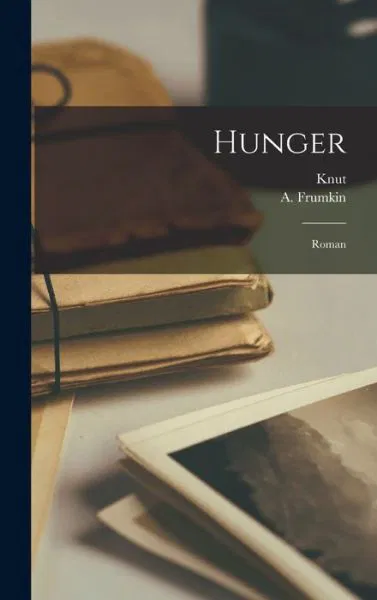
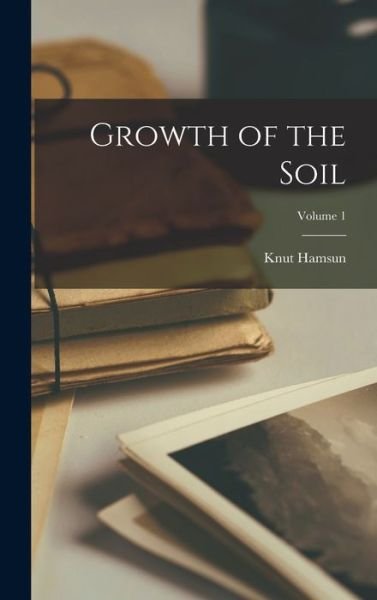

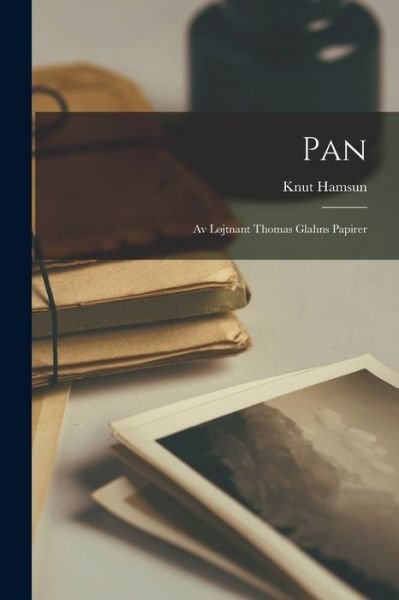
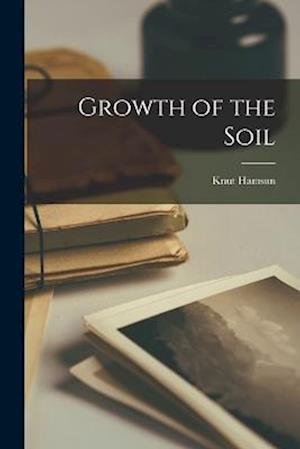
![Cover for Anton Tjekhov · Steppen (Sewn Spine Book) [1st edition] (2023)](https://imusic.b-cdn.net/images/item/original/764/9788797329764.jpg?anton-tjekhov-2023-steppen-sewn-spine-book&class=scaled&v=1692770172)
![Cover for Nikolaj Gogol · Petersborg-fortællinger (Sewn Spine Book) [1st edition] (2021)](https://imusic.b-cdn.net/images/item/original/702/9788797329702.jpg?nikolaj-gogol-2021-petersborg-fortaellinger-sewn-spine-book&class=scaled&v=1629899079)
![Cover for Fjodor M. Dostojevskij · Den evige ægtemand (Sewn Spine Book) [1st edition] (2012)](https://imusic.b-cdn.net/images/item/original/742/9788792685742.jpg?fjodor-m-dostojevskij-2012-den-evige-aegtemand-sewn-spine-book&class=scaled&v=1351116143)
![Cover for Heimito von Doderer · I tidernes dyb (Sewn Spine Book) [1st edition] (2024)](https://imusic.b-cdn.net/images/item/original/641/9788779174641.jpg?heimito-von-doderer-2024-i-tidernes-dyb-sewn-spine-book&class=scaled&v=1701271691)
![Cover for Fjodor M. Dostojevskij · En fæl historie og andre fortællinger (Sewn Spine Book) [1st edition] (2018)](https://imusic.b-cdn.net/images/item/original/256/9788771833256.jpg?fjodor-m-dostojevskij-2018-en-fael-historie-og-andre-fortaellinger-sewn-spine-book&class=scaled&v=1513067083)
![Cover for Nikolaj Gogol · Rosinantes Klassikerserie: Døde sjæle (Sewn Spine Book) [2nd edition] (2022)](https://imusic.b-cdn.net/images/item/original/471/9788702379471.jpg?nikolaj-gogol-2022-rosinantes-klassikerserie-doede-sjaele-sewn-spine-book&class=scaled&v=1656169099)
![Cover for Hermann Hesse · Steppeulven (Paperback Book) [10th edition] (2015)](https://imusic.b-cdn.net/images/item/original/336/9788702177336.jpg?hermann-hesse-2015-steppeulven-paperback-book&class=scaled&v=1426867060)
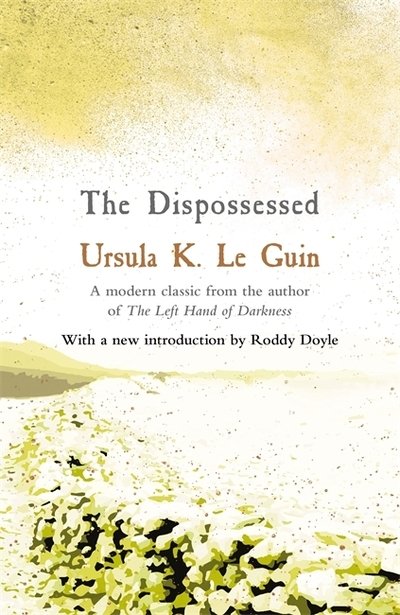
![Cover for Lars Erslev Andersen · Den amerikanske mission (Sewn Spine Book) [1st edition] (2023)](https://imusic.b-cdn.net/images/item/original/794/9788772196794.jpg?lars-erslev-andersen-2023-den-amerikanske-mission-sewn-spine-book&class=scaled&v=1695098821)
![Cover for Wolfram Eilenberger · Troldmændenes tid (Bound Book) [1st edition] (2020)](https://imusic.b-cdn.net/images/item/original/002/9788772044002.jpg?wolfram-eilenberger-2020-troldmaendenes-tid-bound-book&class=scaled&v=1583181211)
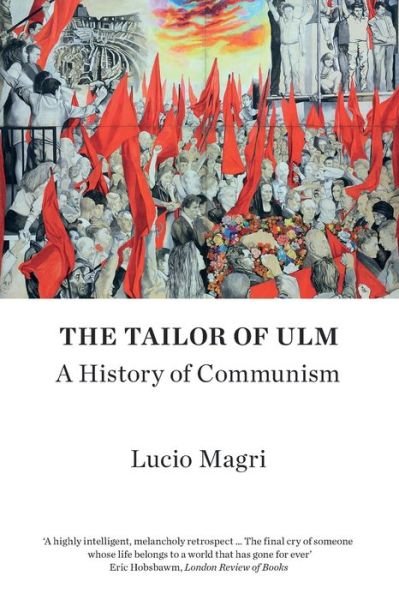
![Cover for Michael Böss · Nationale drømme (Bound Book) [1st edition] (2022)](https://imusic.b-cdn.net/images/item/original/723/9788712068723.jpg?michael-boss-2022-nationale-droemme-bound-book&class=scaled&v=1657300843)
![Cover for Orlando Figes · A People's Tragedy: The Russian Revolution – centenary edition with new introduction (Paperback Book) [Special edition] (2017)](https://imusic.b-cdn.net/images/item/original/513/9781847924513.jpg?orlando-figes-2017-a-people-s-tragedy-the-russian-revolution-centenary-edition-with-new-introduction-paperback-book&class=scaled&v=1486901677)
![Cover for Mikhail Bakhtin · Klassikere: Karneval og latterkultur (Sewn Spine Book) [2nd edition] (2019)](https://imusic.b-cdn.net/images/item/original/441/9788741276441.jpg?mikhail-bakhtin-2019-klassikere-karneval-og-latterkultur-sewn-spine-book&class=scaled&v=1558715832)
![Cover for Tarjei Vesaas · Is-slottet (Sewn Spine Book) [1st edition] (2019)](https://imusic.b-cdn.net/images/item/original/473/9788793209473.jpg?tarjei-vesaas-2019-is-slottet-sewn-spine-book&class=scaled&v=1571342089)
![Cover for Paul Auster · The New York Trilogy: Faber Modern Classics (Paperback Book) [Main - Faber Modern Classics edition] (2015)](https://imusic.b-cdn.net/images/item/original/800/9780571322800.jpg?paul-auster-2015-the-new-york-trilogy-faber-modern-classics-paperback-book&class=scaled&v=1458467501)
![Cover for Peter Seeberg · Fugls føde (Sewn Spine Book) [1st edition] (2018)](https://imusic.b-cdn.net/images/item/original/674/9788702275674.jpg?peter-seeberg-2018-fugls-foede-sewn-spine-book&class=scaled&v=1541242753)
![Cover for Peter Seeberg · Bipersonerne (Sewn Spine Book) [1st edition] (2018)](https://imusic.b-cdn.net/images/item/original/667/9788702275667.jpg?peter-seeberg-2018-bipersonerne-sewn-spine-book&class=scaled&v=1541242753)
![Cover for Aleksandr Pusjkin · Prosa (Sewn Spine Book) [1st edition] (2021)](https://imusic.b-cdn.net/images/item/original/993/9788799916993.jpg?aleksandr-pusjkin-2021-prosa-sewn-spine-book&class=scaled&v=1628624913)